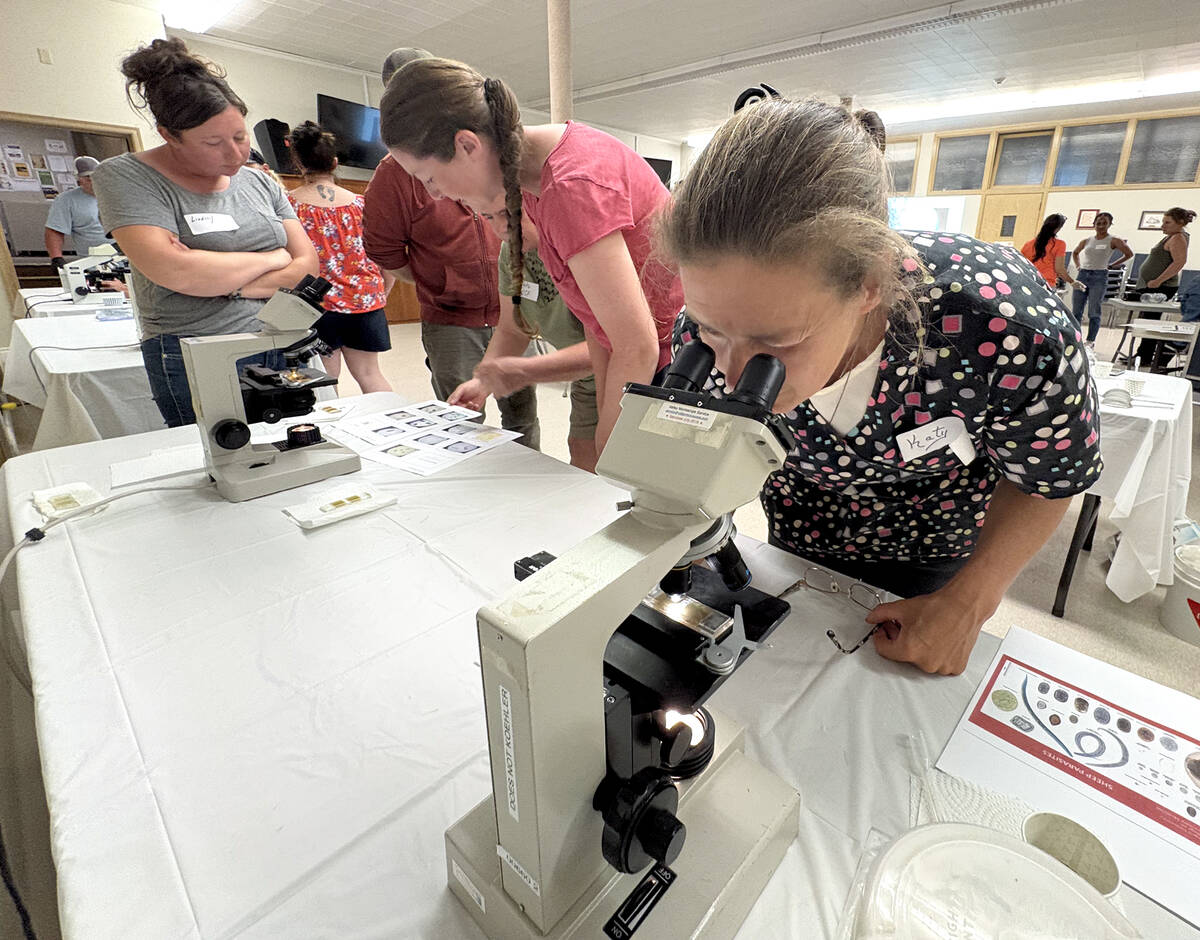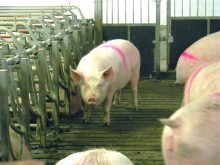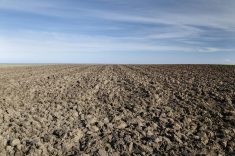A biology professor from Brandon is going into the field, literally, to study how operators of a small organic farm in southern Manitoba make it work.
Terence McGonigle, from Brandon University, became interested in Howpark Farms, a certified organic operation in the Brandon Hills, when he heard the owners Ian and Linda Grossart operate profitably without commercial fertilizers and herbicides.
“I became interested to learn about how (they) could be successful without the inputs of conventional agriculture,” he said.
“They’re doing it right, so how are they doing it right?”
Funding of $140,500 has been committed over four years from Organic Science Cluster II, an industry-supported research and development endeavour initiated by the Organic Agriculture Centre of Canada in collaboration with the Organic Federation of Canada, and Agriculture and Agri-Food Canada.

The study focuses on determining which components are vital to the farming system’s success. Field staff will monitor the changes that result from adding varying rates of manure application — sampling soil to determine how much nitrogen and phosphorus is available, where it is coming from and how much is appearing in the plants.
“We’re going to try to figure out what are the essential components,” said McGonigle. “Maybe there are multiple essential components that are needed to make things work.”
Howpark Farms is considered almost an entirely closed-system farm, meaning it is close to being self-sustaining without outside inputs. It was established in 1879 but has only transitioned to organic over the past 10 years.
The Grossarts raise grass-fed cattle for beef and use the composted manure to feed their grain crops.
Read Also

Smart deworming for sheep starts with individual fecal egg counts
Fecal egg count tests are one step to managing dewormer resistance and managing sheep parasites on Canadian sheep farms to maintain flock health.
They rotate between alfalfa, flax, oats, clover and then wheat over a seven-year cycle. Nothing goes to waste. The alfalfa is harvested, baled and used to feed the cattle over the winter. The Grossarts use straw and flax fibre as bedding for their cattle.
The last crop in their rotation is a legume green manure used to restore nutrients to the soil. Since the Grossart’s can’t benefit from a crop during this stage, they let the cattle graze on the area — returning most of the nutrients via manure.
“There’s also an opportunity to follow the soil and plant nitrogen during the period after the legume plow-down,” said McGonigle.
His study focuses on one of the fields, beginning at the end of the three years of alfalfa and the following four years of the cycle. The experimental treatment plots, with varying degrees of manure, run in strips across the field. Participants will sample multiple points over the rotation, bringing soil to the lab for testing.
McGonigle hopes this research will complement some of the work done at the University of Manitoba’s Glenlea research plots which compares conventional agriculture with organic. While that research is able to directly compare the two, it doesn’t have the “essential realism” that comes from testing on farm.
“The beauty of this study is it’s actually on the commercial farm with the grower and the family,” said McGonigle.
September 2017 marks the final harvest of the study and the concluding report will be finished sometime in 2018.




















